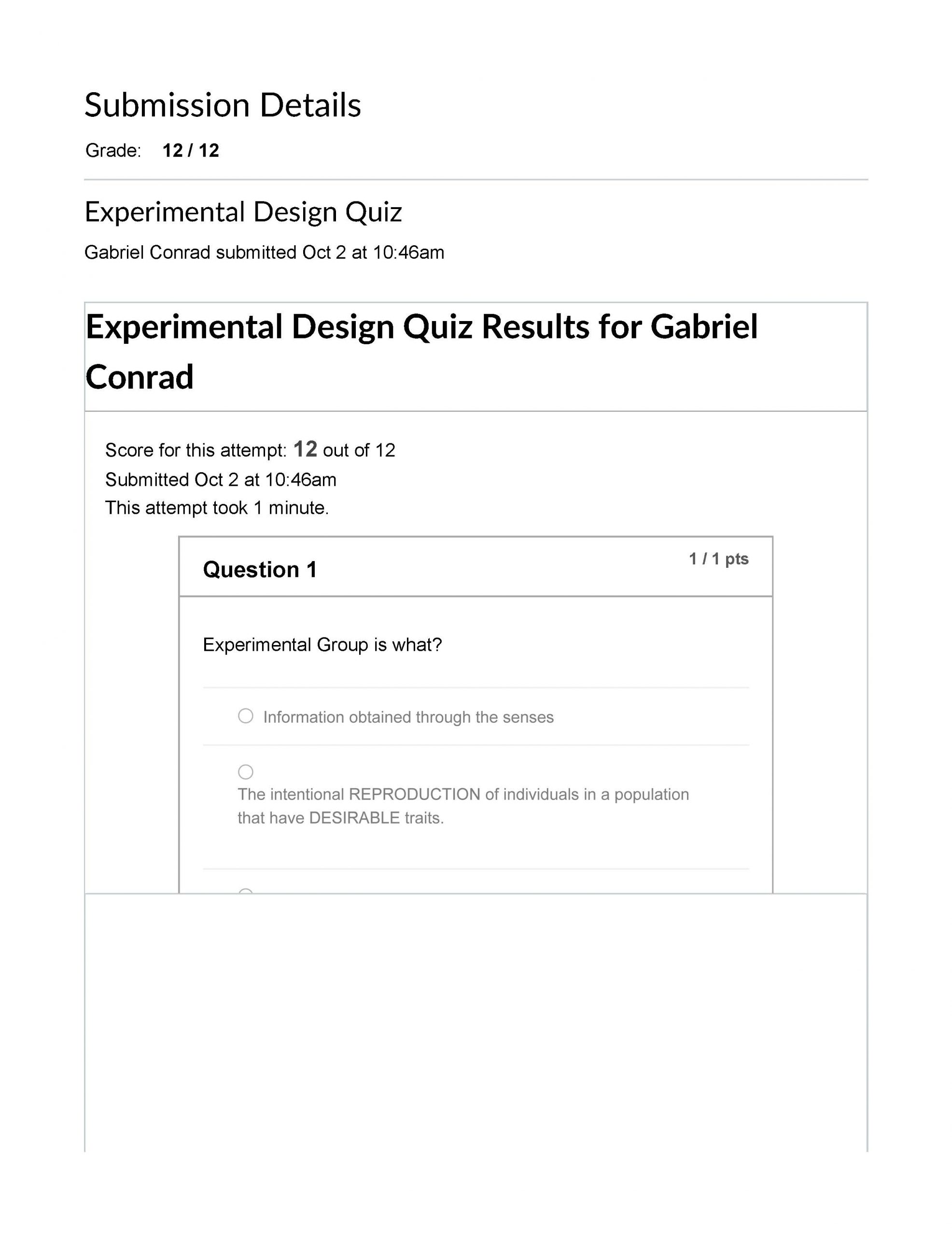Unit 7: Should you believe those…Methods?
26 Research Questions and Hypotheses [you choose to ask]
Or possibly… the question that researcher chose to ask. After processing everything through their ologies, and through their paradigm – both through nature (research is a personal thing – for all of us!) and nurture (ways of doing things handed down through education – remember the problems with science discussion?). As you know (if you’ve been reading this text at all, and you’re here now reading, obviously, so I’m guessing that you know) the concepts and terms we’re discussing in the remaining units of this course are multi-pronged and interdependent. We’re going to start light – first, where do we even find the RQs and HYs? Step 1: Locate the central question. Turning it over to your student textbook authors:
Learning Objectives
Why are research questions and hypotheses important? Where are they located?
Research Questions and Hypotheses [you choose to ask]
Research questions and hypotheses (also known as RQs and HYs) are super important because they tell you what the researcher wants to answer! It could be “Why are the Cambus’s never on time?” or “Why is Catlett’s dining hall the most popular?” or “The presence of Spring Break improves student mood.”
To properly identify a research question and or hypothesis, you first need to know where you can find them.
There are three places:
- The literature review (embedded or end)- Which is where the question is first stated.
- The Results- Sometimes authors will re-state the research question in the results section in order to direct the reader to the answer to their original question.
- Discussion- Where the study is discussed with other primary research. Sometimes authors will re-state or paraphrase their research question(s) and/or hypotheses when they compare what they found to previous research.
Links to articles reference in the video lecture:
Article 1:
Kate Magsamen-Conrad, Jeanette Muhleman Dillon, China Billotte Verhoff & Claire Youngnyo Joa (2020) Toward a Theory of HealthIT
Adoption Across the Lifespan: Findings from Five Years in the Community, Health Communication, 35:3, 308-321, DOI: 10.1080/10410236.2018.1563027
https://www.tandfonline.com/doi/abs/10.1080/10410236.2018.1563027
https://www.researchgate.net/publication/330460464_Toward_a_Theory_of_HealthIT_Adoption_Across_the_Lifespan_Findings_from_Five_Years_in_the_Community
Article 2:
Kate Magsamen-Conrad, Maria K. Venetis, Maria G. Checton & Kathryn Greene (2019) The Role of Response Perceptions in Couples’ Ongoing Cancer-Related Disclosure, Health Communication, 34:9, 999-1009, DOI: 10.1080/10410236.2018.1452091
https://www.researchgate.net/publication/323953823_The_Role_of_Response_Perceptions_in_Couples’_Ongoing_Cancer-Related_Disclosure
https://www.tandfonline.com/doi/abs/10.1080/10410236.2018.1452091?journalCode=hhth20
https://pubmed.ncbi.nlm.nih.gov/29565693/
Why so many links, Doc? Click here to find out.
The literature review (embedded or end)
It is important to know that research questions and hypotheses, or RQs & HYs, can be embedded within the literature review or directly stated at the end.
DocMC again!: Ok, now. Once upon a time, one of your textbook authors told me that I didn’t need to hammer on some of these concepts (particularly in the experiments unit) because ya’ll learned about independent and dependent variables “in like the 5th grade.” Well, low and behold, 2020 hits and my child was in 100% online school and I have a new, deep, somewhat reluctant understanding of what ya’ll may have learned in 7th grade. And d@mned if she wasn’t right. So, for fun, I’ll sprinkle in questions periodically from one of my son Gabe’s 7th grade science class quizzes. They might look a little something like this:
Got ideas for questions to include on the exam?
Click this link to add them!
…Unit 1…Unit 2….Unit 3…Unit 4…Unit 5…Unit 6…Unit 7…Unit 8…Unit 9…Unit 10…Unit 11…Unit 12…Unit 13…Unit 14…Unit 15…Unit 16…
Unit 7: Should you believe those…Methods?
What a researcher aims to answer
Predicted outcome; not necessarily true

